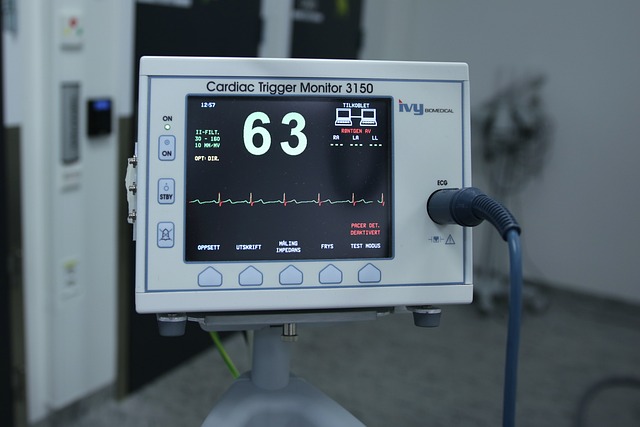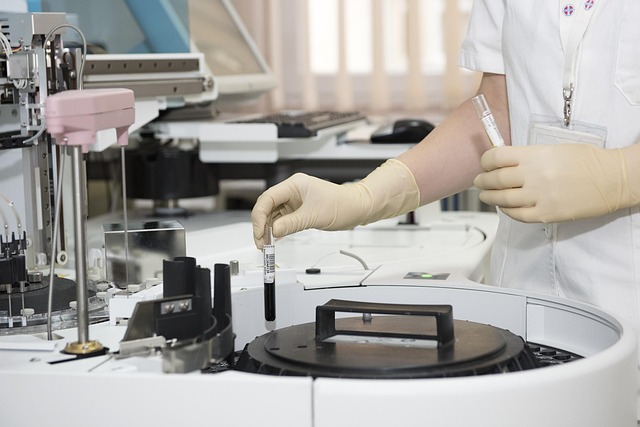The Evolution of Medical Devices: How Modern Tools Are Enhancing Patient Care

Medical devices have transformed the landscape of healthcare. From simple tools to sophisticated technologies, their evolution has been remarkable. Imagine a world where complex health issues are addressed with precision and efficiency this is the reality we live in today. These innovations not only aid in diagnosis but also enhance treatment processes. They empower both healthcare professionals and patients alike, leading to improved outcomes and better quality of life. As we dive into the fascinating journey of medical device development, it’s essential to explore how these modern tools are reshaping patient care for the better. Join us as we uncover the past, present, and future of medical devices that continue to revolutionize our approach to health and wellness.
Historical Overview of Medical Device Development
The history of medical devices stretches back thousands of years. Ancient civilizations relied on rudimentary tools made from stone, wood, and metal to treat injuries and illnesses. One of the earliest recorded devices was the surgical scalpel used by Egyptians around 3000 BCE. These early instruments laid the groundwork for more sophisticated technologies. Fast forward to the Renaissance, when advancements in anatomy spurred innovation. The invention of the stethoscope in 1816 marked a significant leap forward, allowing physicians to listen to internal sounds like never before.
Advancements in Technology and Innovation
The landscape of medical devices is transforming rapidly, driven by technological advancements. Artificial intelligence now plays a crucial role in diagnostics and patient monitoring. AI algorithms analyze vast amounts of data to identify patterns that even experienced clinicians might miss. Wearable technology has also taken center stage. Devices like smartwatches can monitor heart rates or detect irregularities in real time, empowering patients to take charge of their health. This level of continuous observation was unimaginable just a few years ago. 3D printing is another game-changer, allowing for the customization of prosthetics and implants tailored specifically to individual needs. This not only improves comfort but enhances functionality too.
Impact on Patient Care
Modern medical devices have revolutionized patient care in numerous ways. They enhance diagnostics, streamline treatment procedures, and provide real-time monitoring of vital signs. Patients benefit from earlier detection of illnesses thanks to advanced imaging technologies. Tools like MRI and CT scans reveal conditions that might go unnoticed with traditional methods. This proactive approach leads to timely interventions. Moreover, wearable technology empowers patients by tracking their health metrics continuously. Devices such as smartwatches monitor heart rates or blood glucose levels, allowing for immediate action when necessary.

Challenges and Ethical Considerations
The rapid advancement of medical devices brings significant challenges and ethical dilemmas. One major issue is patient privacy. With the rise of connected devices, sensitive health data can be at risk. Ensuring robust cybersecurity measures is essential to protect this information. Another challenge lies in accessibility. While innovative tools improve care, high costs often limit access for underserved communities. Bridging this gap is crucial to equitable healthcare. Additionally, there’s the question of regulation and safety. Striking a balance between innovation and rigorous testing can be complex. Rapidly evolving technology may outpace existing regulatory frameworks, leading to potential risks for patients.
Future Possibilities for Medical Device Development
The future of medical device development is brimming with possibilities. With the advent of artificial intelligence, devices could become even more intuitive. Imagine wearables that analyze vital signs in real time and alert healthcare providers at the first sign of trouble. Bioprinting technology is poised to revolutionize organ transplants. The ability to print tissues on demand would eliminate long waiting lists and reduce rejection risks. Telemedicine tools are expanding their functionalities too. Remote diagnostics will allow patients access to specialists anywhere in the world, making healthcare more inclusive.
In Conclusion
The journey of medical devices is a testament to human ingenuity. From the rudimentary tools of ancient healers to sophisticated modern technologies, each step has paved the way for improved patient outcomes. Today’s innovations are not mere upgrades; they are transformative. They redefine how healthcare professionals diagnose and treat illnesses. Wearable technology, telemedicine, and artificial intelligence have become integral in enhancing patient care and engagement. As we look to the future, it is clear that continual evolution is essential in this field. Embracing change ensures that we meet emerging health challenges head-on. The potential for new developments is vast each innovation brings hope for better treatments and smarter solutions.



